With the passing of the 2018 Farm Bill, hemp farming experienced a significant boom in popularity and understandably so. Put shortly, industrial hemp farming became legalized in most U.S. states. The uses of hemp are far and wide: from textiles to health foods to CBD extracts, and hemp is an extremely versatile plant that has a serious impact on many products we already know, use, and love.
When it comes to farming hemp strains, there are a few best practices that hemp farmers should keep in mind. Much like its diversity in functionality, hemp is equally diverse in its varieties. Some hemp varietals will perform best for CBD extraction, while others will be much more useful for physical biomass or even flower.
For farmers looking to break into the hemp farming agricultural space, this blog will answer some common questions we often encounter. We’ll also dissect some of the primary types of hemp varietals to choose from and help you understand how to tell a strain that’s good for CBD from one better suited for other hemp purposes.
Do industrial hemp cultivators farm different strains of hemp?
Put simply, yes. There are three main varieties that industrial hemp cultivators will farm: fiber, grain, and high-cannabinoid.
Fiber varieties
Fiber hemp varieties are best used for textiles, composites, paper, building materials, and even fuel. Agriculture.com notes, though, that this is a process that requires a hefty development and production effort due to how quickly this hemp varietal scales. According to the article, “farmers electing to grow for fiber applications will need to include the development of the processes and infrastructure to support large scale harvesting, transportation, and processing, as hemp bales are voluminous and will ideally require processing facilities in close proximity to the grows.”
Grain varieties
For cultivators looking to break into health food space with hemp, the biggest thing to keep in mind is that since the grain hemp seed has thinner walls, it can be more subject to damage than other seeds. Grain varieties of hemp require utmost care when it comes to harvesting and processing throughout the process.
Cannabinoid Hemp Varieties
To better understand why a varietal that is high in CBD is crucial to use for hemp that’s aimed to make CBD products, let’s talk about extraction. A successful extraction process can be done through strict farming practices that involve constantly monitoring the plants for the oil.
Agriculture.com further explains that cannabinoid-heavy hemp varieties are especially unique in that cultivators have a few extra hoops to jump through to “understand and master the effect of stress and growing variables (soil makeup, moisture content, PH levels, etc.) in order to produce the highest yield of CBD, while keeping the THC within allowable levels.”
Finally, there’s extra care to be taken when it comes to avoiding the use of products like herbicides and insecticides to have a higher CBD yield, all while making sure to maintain the lower-than-3% THC mandate. If the THC concentration in the hemp plant is too high, the entire crop must be destroyed.
Is there a best CBD strain or best CBD flower?
When it comes to palate, potency, and making sure you achieve the best possible harvest, a few factors should be considered when deciding on which CBD hemp genetic to use in your grow. Tree of Life Seeds offers industry-leading premium genetics that are constantly re-developed and tested. The phenotypes found in our CBD hemp strains have been developed for maximum stability and yield.
Two of our favorite genetics – which are amongst the most popular and highest CBD cultivars on the market – include:
- Hemp farmers will have to harvest the Cobbler from weeks 4-7 with most seed population to keep THC under .3% THC, but with the flowers and resin developing quickly in bloom on this variety, farmers will still reap reliable yields of terpene-packed hemp for all forms of botanical extraction. CBD potency ranges from 12% – 20%.
- Cherry Wine. This was the first phenotype we developed that had no detectable THC while maintaining an extremely high percentage of CBD. This hybrid brings farmers and medical growers alike a true connoisseur CBD hemp cultivar: you can expect sophisticated cherry floral frames layered with piney undertones at about a 9-week harvest.
All in all, your customer experience will always be vital: the biggest take away from understanding why to farm cannabinoid hemp varieties for CBD production is the delicate balance between the importance of farming and extraction.

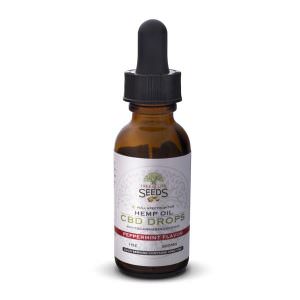
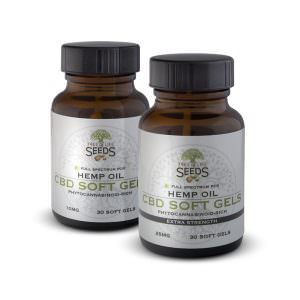
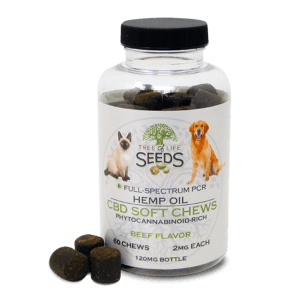
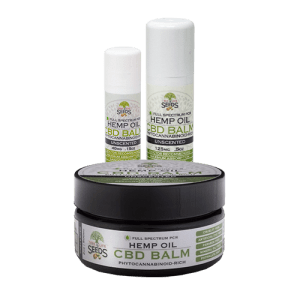

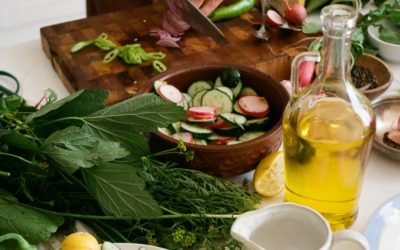
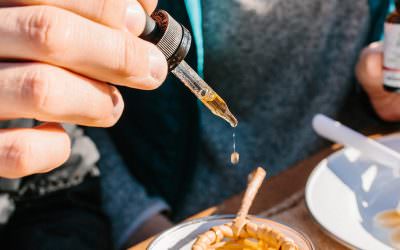
0 Comments